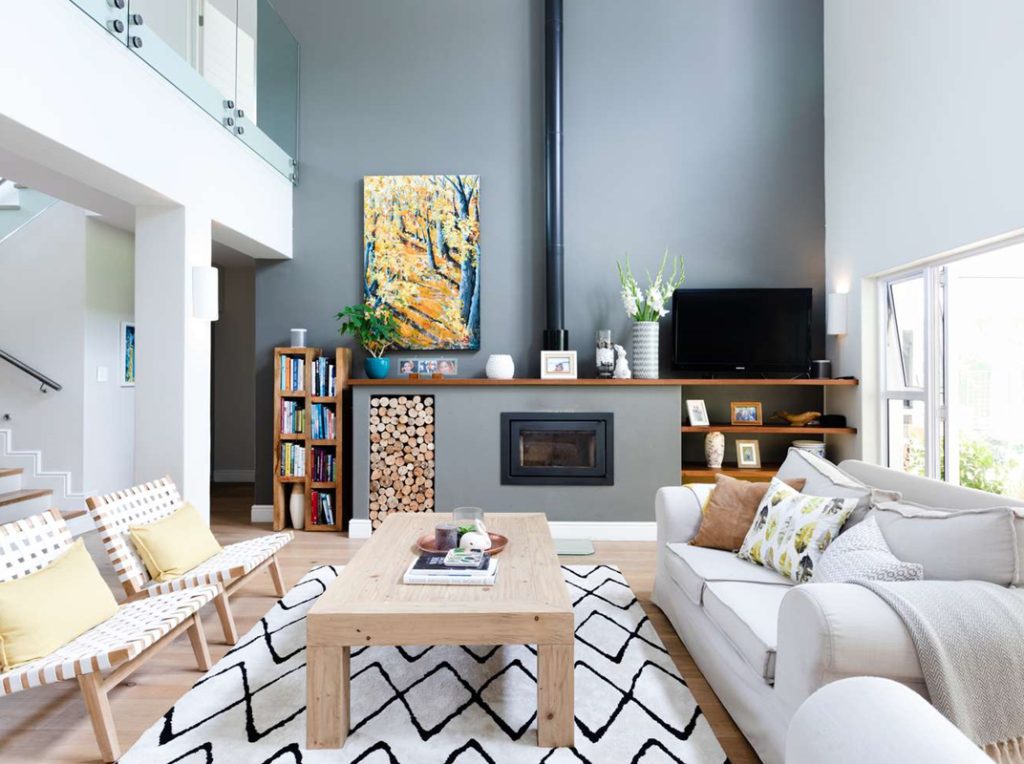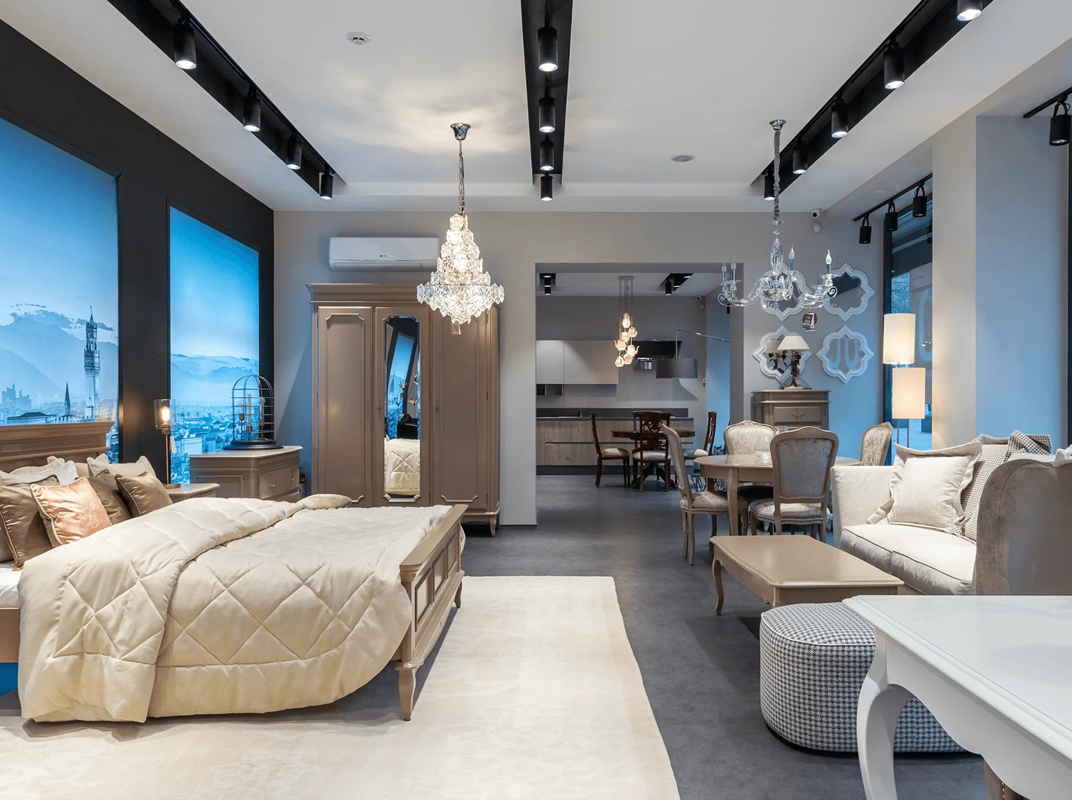The first step in utilizing decorative objects is to define your overall design theme. Whether you prefer a minimalist, bohemian, or contemporary style, having a clear vision will guide your choices. Select decorative objects that complement your existing decor and contribute to a cohesive look. For example, if your space features neutral tones, consider incorporating decorative items in bold colors or interesting textures to create focal points without overwhelming the overall design.
When choosing decorative objects, consider their scale and proportion in relation to the space. Oversized items can make a statement in larger rooms, while smaller objects are ideal for creating intimate arrangements in cozy corners. Balance is key; mixing different sizes can create visual interest but should be done thoughtfully to avoid clutter. Grouping objects of varying heights and shapes can lead to dynamic arrangements that draw the eye and encourage exploration.
Texture plays a vital role in the effectiveness of decorative objects. Incorporating a variety of materials, such as wood, glass, metal, and fabric, can add depth and richness to your space. For instance, pairing a sleek ceramic vase with a rustic wooden bowl creates a contrast that enhances visual appeal. Textured items also invite touch, making the space feel more inviting and lived-in.

Another essential aspect to consider is the placement of decorative objects. Use surfaces such as shelves, coffee tables, and mantels to display your items strategically. Create vignettes by grouping objects in odd numbers, which tends to be more visually appealing. Layering objects adds dimension; for example, place a smaller item in front of a larger one to create depth. Additionally, consider the sightlines in the room; ensure that decorative objects do not obstruct views or impede movement.
Incorporating personal touches through decorative objects can make your space feel uniquely yours. Items such as travel souvenirs, family heirlooms, or handmade crafts can evoke memories and tell your story. These personalized elements add character and warmth, making your home feel more inviting. Displaying art or photographs that resonate with you can also enhance the emotional connection to your space.
Lighting is another critical factor when showcasing decorative objects. Proper lighting can highlight your favorite pieces and create ambiance. Use spotlights or accent lighting to draw attention to specific objects, while soft, ambient lighting can create a warm atmosphere. Experiment with different lighting options to see how they affect the appearance of your decorative items throughout the day.
Finally, do not be afraid to refresh your decorative objects regularly. Changing the arrangement or swapping out items seasonally can keep your space feeling dynamic and new. This practice allows you to experiment with different styles and trends without committing to a complete redesign. By rotating decorative objects, you can maintain a sense of novelty in your environment.
By defining your design theme, considering scale and texture, carefully placing objects, incorporating personal touches, utilizing lighting effectively, and refreshing your decor, you can use decorative objects to enhance your space significantly. This thoughtful approach will not only elevate the aesthetic appeal of your home but also create an environment that reflects your individuality and style.

